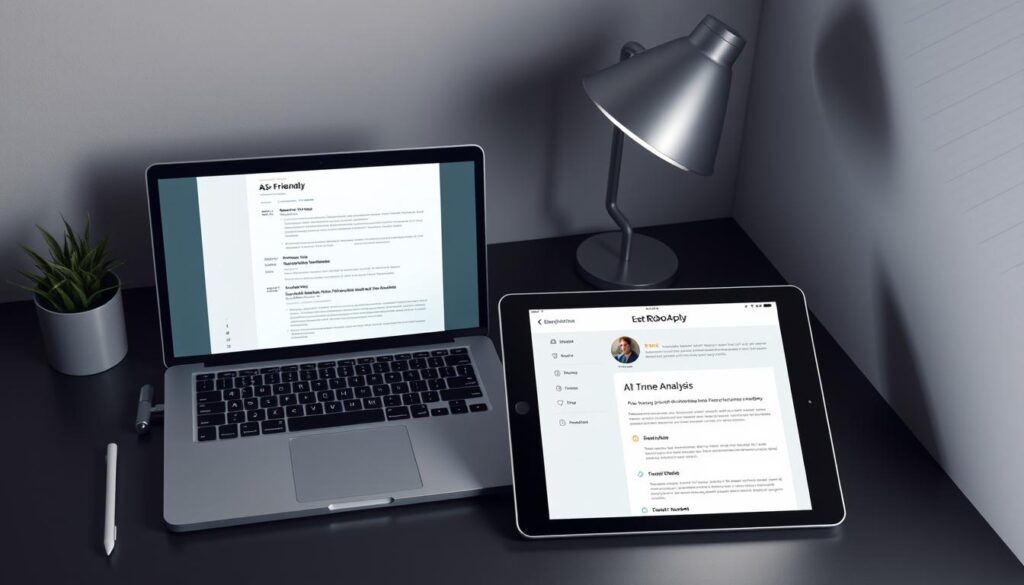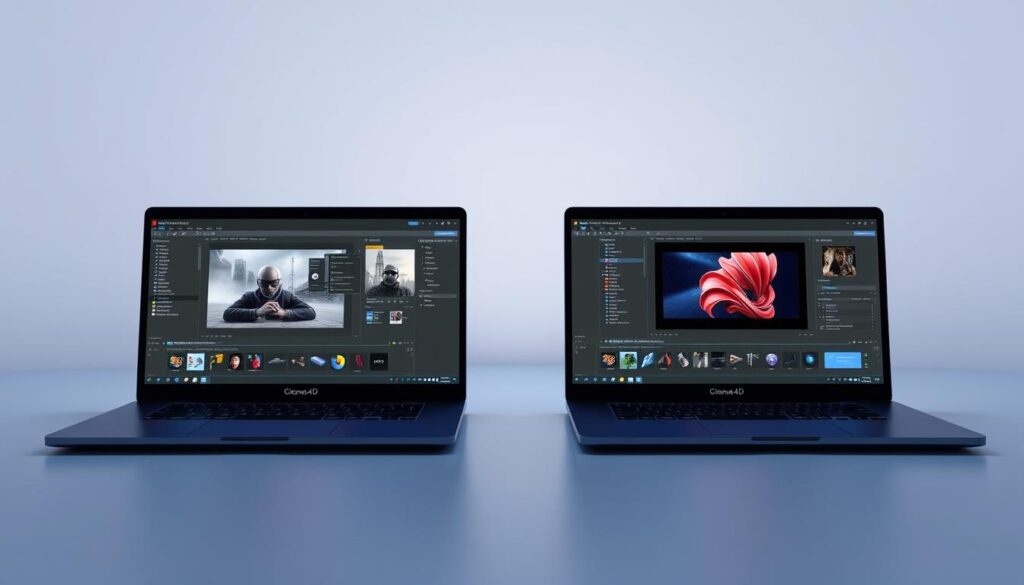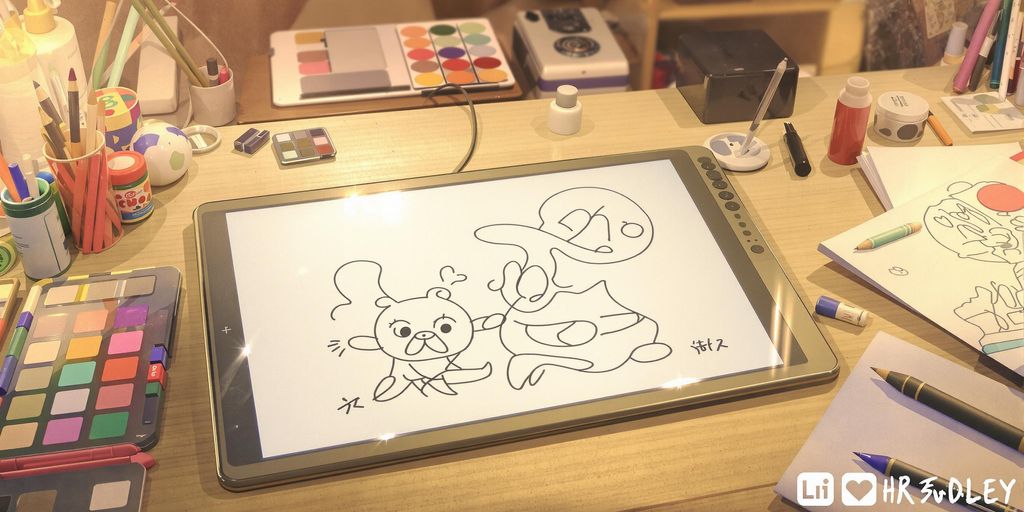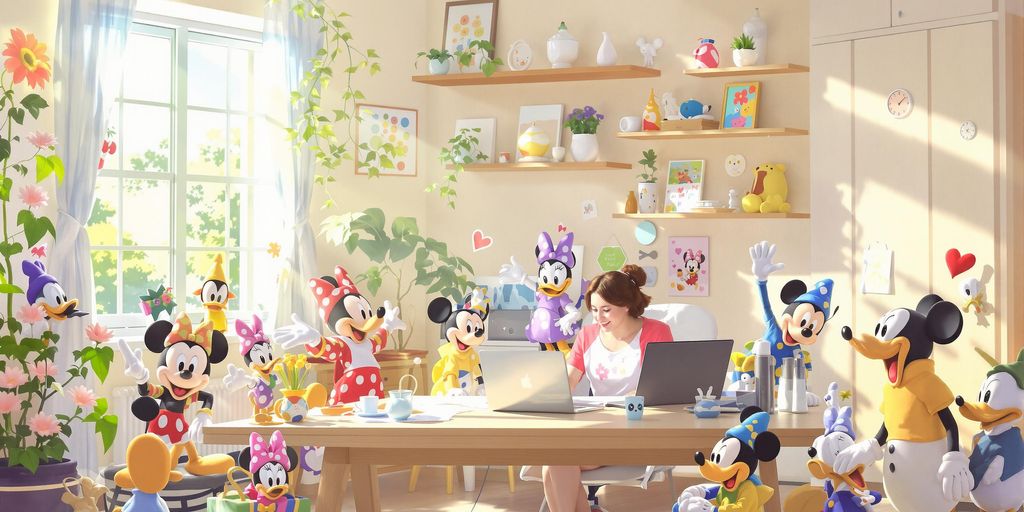Have you ever spent hours perfecting a job application, only to hear nothing back? You’re not alone. The job market for 3D artists and designers has become fiercely competitive, especially as industries like film production and architectural visualization demand sharper technical skills. But here’s the good news: your expertise in Cinema 4D—the industry-leading software for modeling and animation—could be your golden ticket. You just need the right tools to showcase it.
In 2025, hiring managers receive hundreds of applications for every role. Standing out requires more than talent—it demands strategy. That’s where RoboApply transforms the game. Imagine applying to thousands of tailored jobs with one click using its Auto Apply Chrome extension. No more manual form-filling. No more missed deadlines. Just precision and speed, letting you focus on what matters: your craft.
This guide isn’t just about landing a job—it’s about unlocking your potential. You’ll learn how to optimize resumes for ATS systems, highlight integrations with industry-standard software, and position yourself as a top candidate. With RoboApply’s AI resume builder and interview coach, you’ll turn technical skills into career opportunities. Let’s get started.
Key Takeaways
- The Cinema 4D job market now spans film, architecture, gaming, and more, requiring tailored application strategies.
- ATS-friendly resumes are critical to passing initial screenings and reaching hiring managers.
- RoboApply’s Auto Apply feature lets you submit applications to multiple roles instantly.
- Technical expertise must align with employer needs through targeted resume optimization.
- Salary growth depends on mastering both software skills and strategic career positioning.
Understanding the Cinema 4D Job Market in 2025
The demand for skilled artists in visual design has exploded, with streaming platforms and product studios doubling their hiring since 2022. Employers now prioritize expertise in modeling pipelines and real-time rendering, skills that turn complex ideas into stunning visuals. Major studios behind films like Avengers: Endgame and Inception rely on this software for its dynamic lighting and seamless integration with tools like Unity.
Industry Shifts You Can’t Ignore
Remote work has reshaped team structures. Production companies now hire procedural modeling experts globally, while technical directors oversee hybrid workflow systems. Junior roles start at $45k, but specialists using advanced animation tools can earn over $120k annually.
Where Opportunities Are Growing
Architectural visualization firms need artists who blend design precision with VR-ready graphics. Streaming services seek motion specialists to create binge-worthy intros. RoboApply’s job tracker alerts you to these openings, giving you first-mover advantage in competitive markets.
Leveraging RoboApply's AI Tools for ATS-Optimized Resumes
Did you know 75% of resumes never reach human eyes due to ATS filters? RoboApply’s AI-powered tools transform your technical expertise into recruiter-ready documents that bypass automated screenings. These solutions adapt to your unique skills while aligning with employer expectations.

AI Resume and Cover Letter Builder Features
RoboApply’s builder creates tailored resume sections highlighting your 3D modeling and animation management skills. The system scans your portfolio to identify key achievements, then structures them using ATS-friendly formatting. For example:
- Auto-generates project summaries with industry keywords like “MoGraph workflows”
- Formats technical certifications for optimal scanner readability
- Links your demo reel using embedded QR codes
Grammar Checker and ATS Optimizer Integration
The platform’s real-time editor ensures your content meets professional standards while avoiding jargon. Its ATS optimizer evaluates keyword density for terms like “procedural modeling” and “UV unwrapping,” then suggests strategic placements. You’ll maintain creative authenticity while speaking the hiring manager’s language.
Pair these tools with RoboApply’s strategic job search management features to track application progress across multiple roles. The software supports users at every level – from recent graduates to senior technical directors – with templates that showcase both artistic vision and technical precision.
Cinema 4D: Essential Skills and Tools for Success
Your ability to demonstrate technical mastery separates good candidates from irreplaceable hires in today’s competitive market. Focus on skills that solve real production challenges while showcasing creative vision.
Mastering Motion Graphics and Modeling
Use the MoGraph toolset to create procedural animations that adapt to client feedback. For example, clone objects with randomized scaling or build dynamic text reveals using effectors. These techniques prove you can deliver scalable solutions.
Parametric modeling lets you build assets with adjustable parameters—ideal for product visualization projects. Master extrusion and beveling tools to create complex geometries while maintaining editability. This shows employers your problem-solving precision.
Sculpting modules with dynamic topology allow organic shape creation for character design. Layer displacement maps to add realistic surface details without bloating file sizes. Highlight these skills in your structured C4D classes section to demonstrate specialized training.
Animation, Rendering, and Workflow Efficiency
Advanced rigging tools like weight painting ensure realistic character movement. Combine constraint systems with facial animation controls to create emotive performances that captivate audiences.
Optimize rendering workflows using Redshift’s GPU acceleration for faster iterations. Balance quality and speed by adjusting global illumination settings—critical when meeting tight deadlines.
Integrate with After Effects using Cineware to streamline motion graphics pipelines. This cross-software efficiency is why studios value artists who list both tools in their motion graphics portfolio.
Master lighting modules to simulate real-world conditions. Use area lights with shadow diffusion for product shots that rival photography—proving your technical artistry.
Comparison of Cinema 4D vs. Blender: Key Differences
Choosing the right 3D software directly impacts your efficiency and marketability in fast-paced creative industries. While both tools have strengths, C4D’s professional-grade user interface and specialized features give you distinct advantages employers value.
User Interface and Workflow Advantages
C4D’s intuitive layout lets you focus on design instead of hunting for tools. Drag-and-drop modifiers like MoGraph clones let you create complex animations in minutes—ideal for studios needing rapid iterations. Parametric modeling tools allow adjustments at any stage, a game-changer when clients request last-minute changes.

Seamless Adobe integration accelerates workflow. Sync After Effects compositions without exporting—critical when creating broadcast-ready video intros. This interoperability is why agencies list C4D expertise in 78% of motion graphics job postings.
Plug-ins, Community, and Integration
X-Particles and Forester expand C4D’s capabilities for commercial projects. Generate realistic fire effects or populate forests with procedural vegetation—tasks that would take hours manually. Automated node-based texturing slashes production time, letting you meet tight deadlines while maintaining quality.
While Blender relies on community-driven add-ons, C4D’s curated plugins receive professional support and updates. This reliability matters when handling client deliverables. Highlight these integration skills in your animator cover letter to show you understand pipeline demands.
Advanced ATS Tips for Rocking Your Application
Landing your dream role requires more than talent—it demands precision tools that work while you sleep. RoboApply’s integrated system combines intelligent tracking with automated outreach, transforming your job hunt into a streamlined operation.
Utilizing Job Tracker and Outreach CRM
RoboApply’s job tracker monitors openings across 15+ platforms, filtering roles by salary range and project type. The outreach CRM helps you nurture relationships with recruiters through scheduled follow-ups and personalized notes. Track specific software requirements like Redshift rendering or character animation pipelines directly in the dashboard.
For team-based workflows, sync your applications with Cinema 4D’s import/export capabilities. The platform automatically logs responses and suggests optimal times to re-engage contacts—perfect for studios using Windows, Mac, or Linux systems.
Maximizing the Auto-Apply Chrome Extension
Install RoboApply’s extension to submit applications while refining your portfolio. It scans job descriptions for keywords like “procedural modeling” or “render engine management,” then tailors your resume’s file formatting accordingly. The tool even avoids Monday morning application floods by scheduling submissions during low-traffic windows.
Upgrade to team plans if collaborating on large-scale projects. With real-time editing controls and shared analytics, you’ll identify which job boards deliver the best results. Pair these features with career development resources to maintain momentum throughout your search.
Strategies for Crafting Compelling Cover Letters
Your cover letter is more than an introduction—it’s your first chance to prove you understand a studio’s creative DNA. Start by researching their recent projects. Did they use advanced lighting techniques in a product demo? Mention how your expertise with texture painting modules aligns with their style.
Personalizing Your Introduction Effectively
Use tools like RoboApply’s builder to craft openings that connect your skills to specific needs. Example:
“As a 3D artist who streamlined rendering workflows for automotive design campaigns, I was impressed by your studio’s VR-ready architectural visualizations using industry-standard software.”
This approach shows you’ve studied their work while positioning your modeling capabilities as the solution.
Highlighting Industry-Relevant Achievements
Quantify results that matter to employers. For instance:
“Reduced character rigging time by 40% using expression libraries, delivering 12+ animated video projects ahead of deadlines.”
Pair these metrics with collaboration examples, like optimizing team pipelines using BodyPaint’s projection tools. Need structure? Explore proven cover letter templates that balance creativity with ATS requirements.
End by linking your growth mindset to their tech stack: “I’ve mastered 5 new modules in three years, including real-time rendering solutions that could enhance your current workflow.” Combine this strategic framing with resume optimization techniques to create applications that resonate at every level.
FAQ
How do I optimize my resume for ATS in motion graphics roles?
Use industry-standard terms like “modeling” and “rendering” from job descriptions. Format with clear headers and bullet points. Tools like RoboApply’s AI Resume Builder automatically adjust content for applicant tracking systems.
What emerging roles should 3D artists target in 2025?
Focus on virtual production, real-time rendering pipelines, and AR/VR content creation. Studios increasingly seek artists skilled in workflow efficiency tools like Redshift or Octane for faster project turnaround.
Can AI tools improve my application success rate?
Yes. RoboApply’s Grammar Checker eliminates errors, while its ATS Optimizer ensures keyword alignment. The system analyzes job descriptions to tailor your resume and cover letter for specific roles.
Which skills are critical for modern 3D design jobs?
Master character animation, lighting techniques, and node-based materials. Proficiency in render engines like Arnold and advanced modeling tools will make your portfolio stand out.
How does Cinema 4D differ from Blender for studio work?
Cinema 4D offers a more intuitive user interface and seamless integration with Adobe After Effects. Its MoGraph module and third-party plugin ecosystem (X-Particles, TurbulenceFD) are preferred for broadcast and advertising pipelines.
What’s the fastest way to apply to multiple jobs?
Use auto-apply Chrome extensions to submit applications in one click. RoboApply’s tool prefills forms using your profile data and tracks submissions through its Job Tracker CRM.
How should I highlight achievements in cover letters?
Quantify results like “Reduced render times by 40% using GPU optimization.” Link accomplishments to industry trends such as real-time visualization or virtual set design.
Why include texture painting work in my portfolio?
It demonstrates versatility across the production pipeline. Show wireframe vs. final renders and detail your role in team projects—studios value artists who handle lighting and shader creation.
Which rendering engines are studios adopting?
A: Redshift dominates for speed, while Octane is preferred for photorealistic outputs. Learn both, and showcase examples of multi-pass rendering workflows in your demo reel.
How do I manage follow-ups after applying?
Activate RoboApply’s Outreach CRM to schedule automated emails. The system triggers reminders based on hiring timelines and prioritizes roles matching your skill set.


















